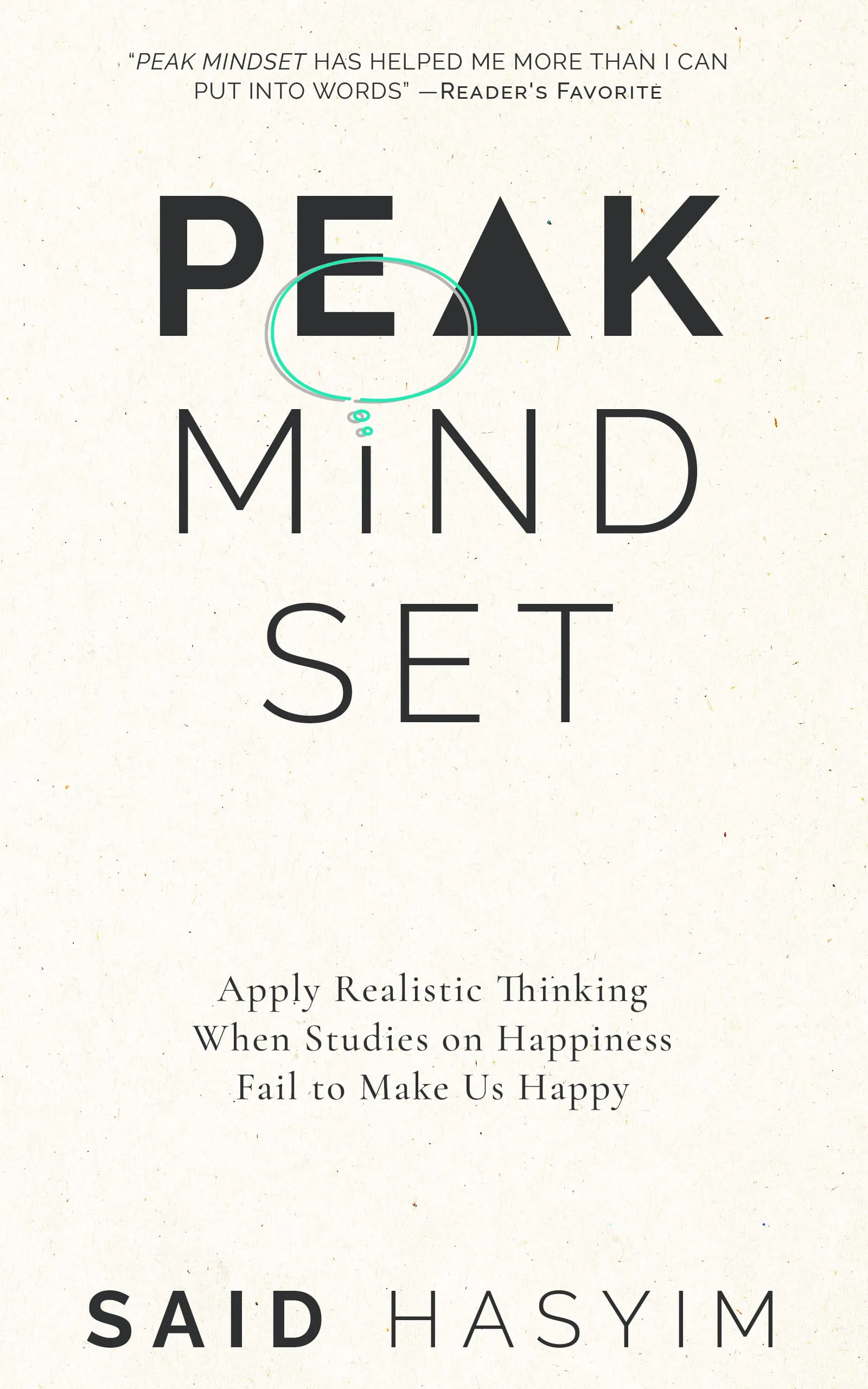Realism vs. Idealism: Navigating Your Happiness Journey
In a world that presents us with abundant choices, ever-evolving challenges, and endless paths, two philosophical frameworks often arise when considering our approach to life: realism and idealism. Both schools of thought have their merits and pitfalls, particularly when it comes to understanding and pursuing happiness. This blog post will explore these concepts, their impact on our happiness journey, and how to navigate the fine line between these two perspectives.
Understanding Realism and Idealism
Realism
Realism is grounded in practicality. Realists focus on the world as it is, rather than how it could or should be. This approach encourages individuals to acknowledge limitations, whether they are personal capabilities, external circumstances, or societal structures. Accepting reality often requires critical thinking and problem-solving skills to find effective, practical solutions that will lead to happiness.
Idealism
On the other hand, idealism is characterized by an emphasis on aspirations, principles, and the pursuit of perfection. Idealists tend to envision the best possible outcomes, often advocating for high moral standards and visionary goals. This perspective can inspire creativity and innovation, fostering a hopeful outlook on life. However, it can also lead to disappointment when the ideals don’t align with reality.
The Intersection of Realism and Idealism
Both realism and idealism offer valuable insights into the quest for happiness. The challenge lies in finding a balance between the two, as each perspective can significantly influence our mental state and emotional well-being.
The Benefits of Realism in the Pursuit of Happiness
Acceptance: Realism encourages acceptance of the present circumstances, reducing anxiety and stress related to unrealistic expectations. Accepting one's current situation can be liberating, allowing space for contentment and growth.
Adaptability: Realists tend to be more adaptable. By understanding their limitations and acknowledging external factors, they can shift strategies effectively, minimizing emotional turmoil when faced with setbacks.
Practical Solutions: Realistic thinkers are often adept at finding practical solutions to life's challenges, prioritizing actions that lead to tangible results. This proactive approach can foster a sense of accomplishment and enhance emotional resilience.
The Role of Idealism in Fostering Happiness
Inspiration and Motivation: Idealism can serve as a powerful source of inspiration. By setting high standards and envisioning a better future, idealists can encourage themselves and others to strive for improvement, enhancing motivation and fostering a sense of purpose.
Creative Thinking: Idealists often embrace unconventional ideas and think outside the box. This creativity can lead to innovative solutions that enrich personal and communal experiences, adding depth to their happiness journey.
Values and Meaning: Idealism fosters a deep understanding of values and meaning. When individuals know what they stand for, they can craft a fulfilling life narrative that aligns with their core beliefs, contributing to long-term happiness.
Navigating Your Happiness Journey: Balancing Realism and Idealism
The path to happiness does not exist in strict adherence to either realism or idealism. Instead, it is about blending the best elements of both philosophies to navigate life’s complexities effectively.
Steps to Achieve a Balanced Approach
Set Realistic Goals: While it's important to have aspirations, setting achievable goals can prevent disappointment. Focus on incremental steps that align with your idealistic dreams while being grounded in reality.
Practice Mindfulness: Being present and mindful can help you recognize and appreciate the beauty in the now. Mindfulness prompts reflection on your feelings and circumstances, allowing you to embrace both your realistic and idealistic sides.
Cultivate Self-Compassion: Both ideals and realities can lead to self-judgment. Strive for self-compassion by acknowledging your efforts, regardless of outcomes. Understand that both realistic assessments and idealistic aspirations are part of the journey.
Embrace Flexibility: Life will throw inevitable curveballs. By embracing flexibility and being open to adjusting your goals and expectations, you create a sustainable pathway toward happiness. This balance will keep you grounded while still fostering your aspirations.
Seek Support and Community: Engaging with like-minded individuals can provide valuable perspectives that enrich your journey. Join communities that encourage the sharing of both realistic experiences and idealistic dreams, creating a robust support network.
Recognize the Individual Journey
It’s essential to remember that the journey toward happiness is highly individual. What works for one person may not necessarily resonate with another. Some may find more comfort and fulfillment in a realistic view, while others may thrive on idealism. Understanding where you naturally lean and actively working toward integrating the complementary aspects of both philosophies will create a more fulfilling life experience.
Conclusion
In life, balancing realism and idealism is key to navigating the intricate tapestry of happiness. By employing the practical wisdom of realism along with the aspirational strength of idealism, individuals can embrace a holistic approach to well-being. Ultimately, the happiness journey is personal and unique, inviting exploration, growth, and the beauty of balancing dreams with reality. As you venture forth, may you find harmony in the dance between the two, leading to a more enriched and joyful life.
Leverage Your Mindset for a Fulfilling Life
Explore Peak Mindset, a book to leveraging your subconscious for a more fulfilling life. Gain insights into realistic thinking, money management, and stress resilience to make informed decisions. Discover pitfalls in conventional happiness advice and practical strategies for self-transformation. Unlock your potential and enhance your overall satisfaction.
